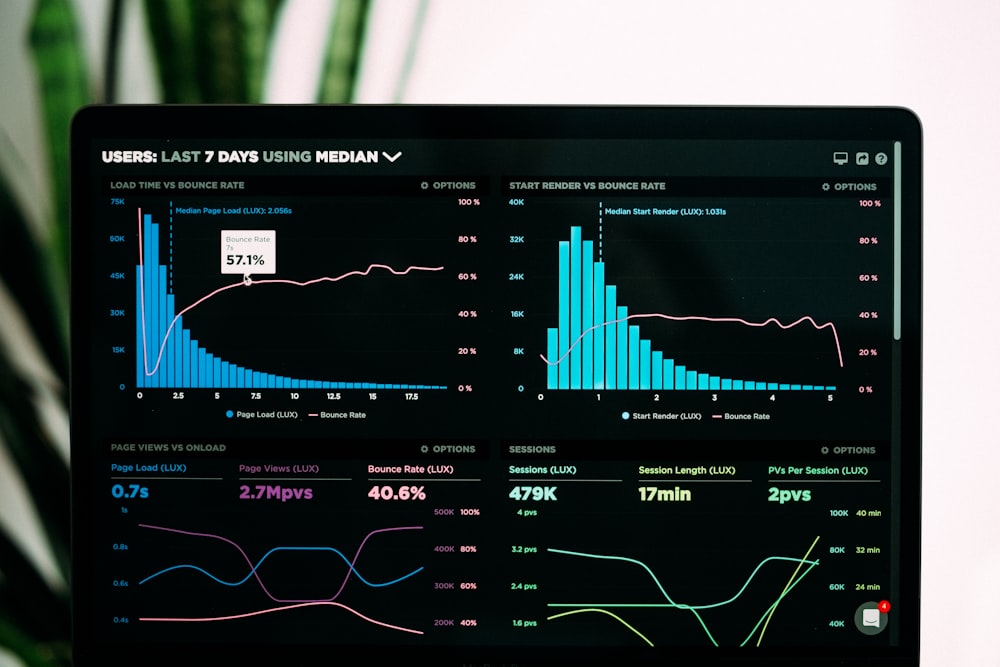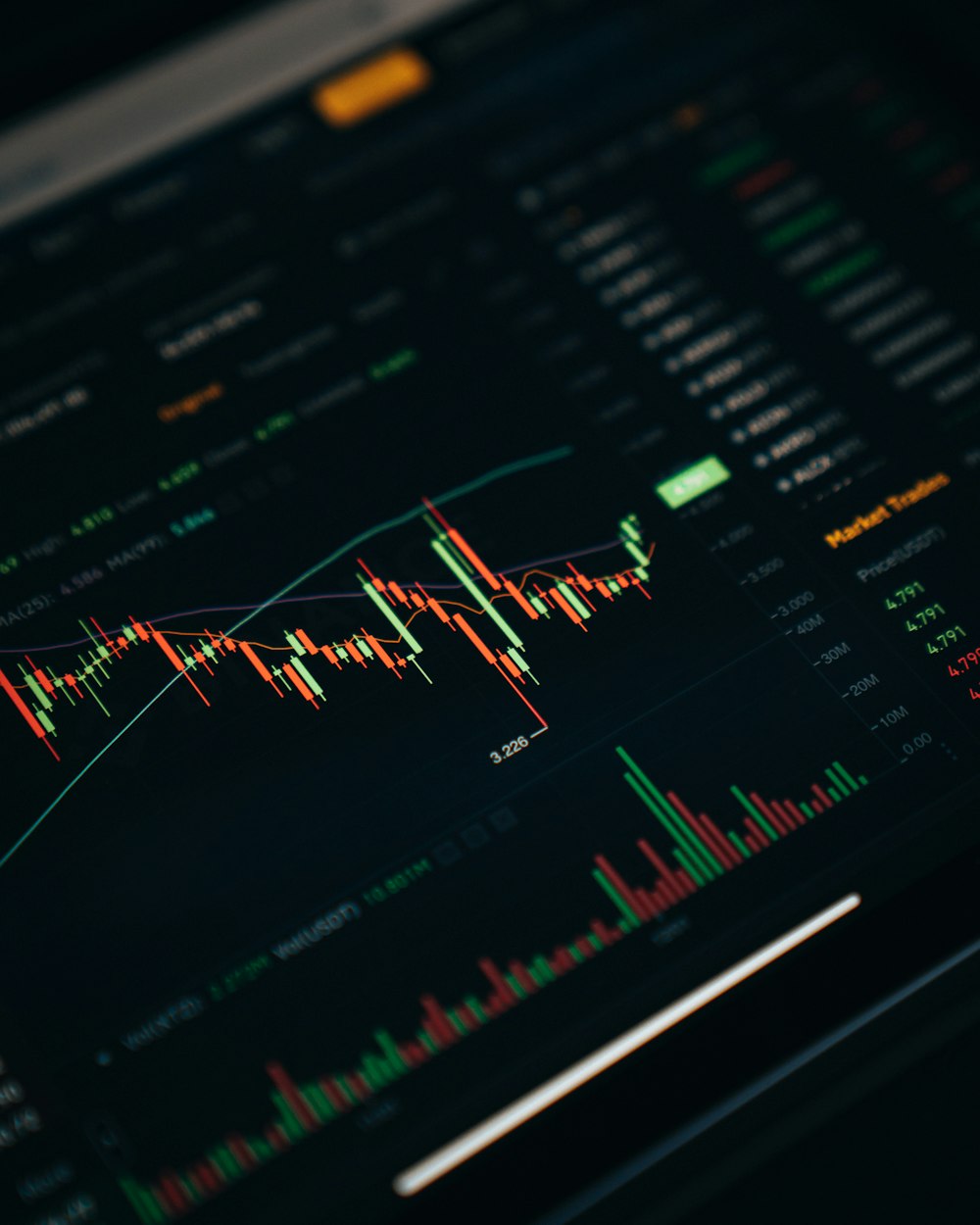As of now, Asian hours account for nearly 30% of global trading activity, while European markets make up the remaining share. The decline in the U.S. trading volume indicates a shift in the investor profile influencing market movements. "It may point to increased influence from non-U.S. portfolio flows or suggest that U.S. investors are focusing more on markets beyond spot crypto," said David Lawant, Head of Research at FalconX.
Despite this change, Bitcoin has surged approximately 40% to $105,000 since early April's lows, with Ether and Solana seeing gains of 87% and 68%, respectively. Notably, even with Bitcoin's price increase, global BTC trading activity has not returned to the levels seen earlier this year. Current daily trading volumes for Bitcoin remain below $10 billion, a sign of reduced market activity despite rising prices.
Interestingly, the emergence of spot Bitcoin ETFs in the U.S. has also changed the trading dynamics. These ETFs have gained substantial volume, now accounting for about 45% of global Bitcoin spot trading. The ETFs, which have seen inflows of $44 billion since launching in January 2024, reflect growing institutional interest in Bitcoin, particularly with products like BlackRock's IBIT drawing notable investments.
Lawant notes, "All of this points to room for growth and suggests that ETFs are likely to remain a major force behind demand in this rally." As the crypto landscape evolves, the increasing importance of Asian markets and financial products like ETFs may shape future trading strategies for both individual and institutional investors.



